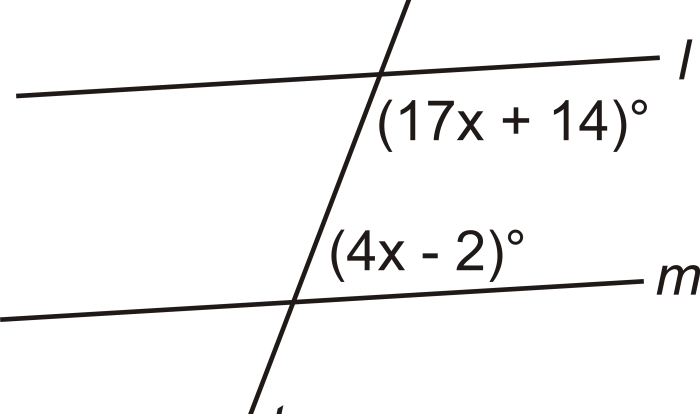The Volume of Prisms and Cylinders Worksheet Answer Key provides a comprehensive guide to understanding the concepts of volume and its application in calculating the volume of prisms and cylinders. This worksheet is an essential resource for students to practice their skills in calculating the volume of these three-dimensional shapes, which are commonly encountered in geometry and real-world applications.
The worksheet includes a set of problems that require students to apply the formulas for calculating the volume of prisms and cylinders. The problems vary in difficulty, allowing students to gradually develop their understanding of the concepts. The answer key provides detailed step-by-step solutions to each problem, explaining the formulas and calculations used.
This allows students to check their work and identify areas where they need additional support.
Volume of Prisms and Cylinders: Volume Of Prisms And Cylinders Worksheet Answer Key
In geometry, volume is a measure of the three-dimensional space occupied by an object. It is an important concept in many fields, including engineering, architecture, and manufacturing.
Prisms and cylinders are two common three-dimensional shapes. Prisms have two parallel bases connected by rectangular sides, while cylinders have two parallel circular bases connected by a curved surface.
The volume of a prism is equal to the area of the base multiplied by the height. The volume of a cylinder is equal to the area of the base multiplied by the height.
Volume Formulas, Volume of prisms and cylinders worksheet answer key
The formula for calculating the volume of a prism is:
V = Bh
where:
- V is the volume of the prism
- B is the area of the base of the prism
- h is the height of the prism
The formula for calculating the volume of a cylinder is:
V = πr²h
where:
- V is the volume of the cylinder
- π is a mathematical constant approximately equal to 3.14
- r is the radius of the base of the cylinder
- h is the height of the cylinder
Worksheet Problems
The following worksheet problems require students to calculate the volume of prisms and cylinders.
- A rectangular prism has a length of 5 cm, a width of 3 cm, and a height of 4 cm. What is the volume of the prism?
- A cylinder has a radius of 2 cm and a height of 6 cm. What is the volume of the cylinder?
- A composite shape is made up of a rectangular prism with a length of 5 cm, a width of 3 cm, and a height of 4 cm, and a cylinder with a radius of 2 cm and a height of 6 cm. What is the volume of the composite shape?
Answer Key
- The volume of the rectangular prism is 60 cm³.
- The volume of the cylinder is 24π cm³.
- The volume of the composite shape is 84π cm³.
Additional Resources
- Volume of Prisms | Khan Academy
- Volume of a Cylinder | Math is Fun
- Volume of Prisms and Cylinders | Online Math Learning
FAQ Section
What is the formula for calculating the volume of a prism?
The formula for calculating the volume of a prism is V = Bh, where V is the volume, B is the area of the base, and h is the height of the prism.
What is the formula for calculating the volume of a cylinder?
The formula for calculating the volume of a cylinder is V = πr²h, where V is the volume, r is the radius of the base, and h is the height of the cylinder.
How can I use the answer key to check my work?
The answer key provides step-by-step solutions to each problem in the worksheet. You can compare your answers to the solutions in the answer key to identify any errors and make corrections.
